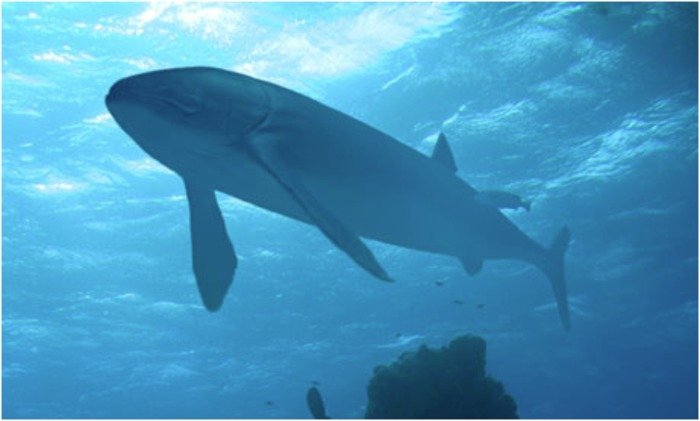GLASGOW, Scotland, Aug. 26 (UPI) -- An international team of paleontologists says it's found remains of the world's largest fish, a 50-foot giant that swam in Earth's oceans 160 million years ago.
The findings about Leedsichthys, a huge, bony, plankton-eating fish, reveal an important missing piece in the evolutionary story of fish, mammals and ocean ecosystems, a release from the University of Glasgow said Monday.















